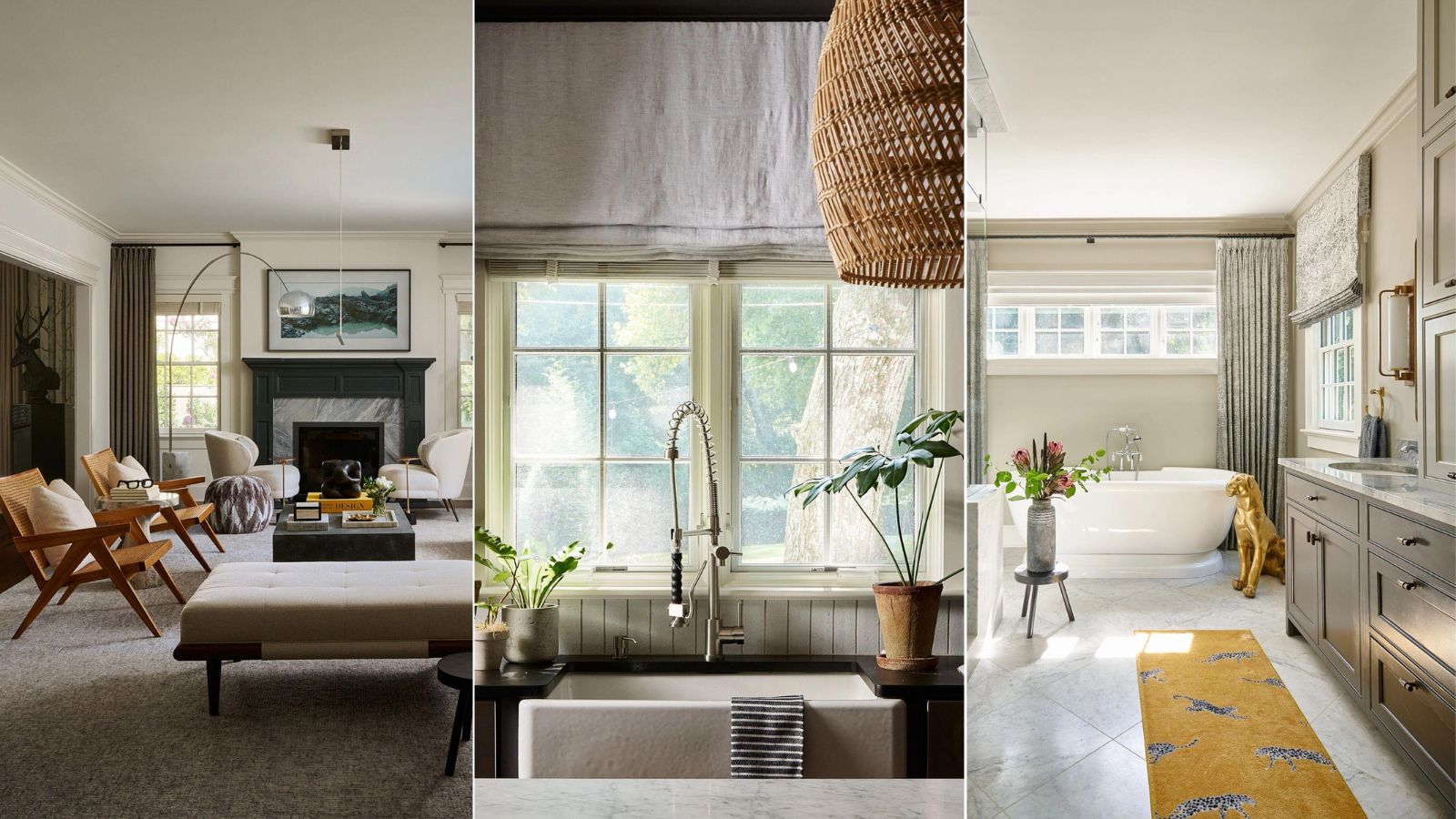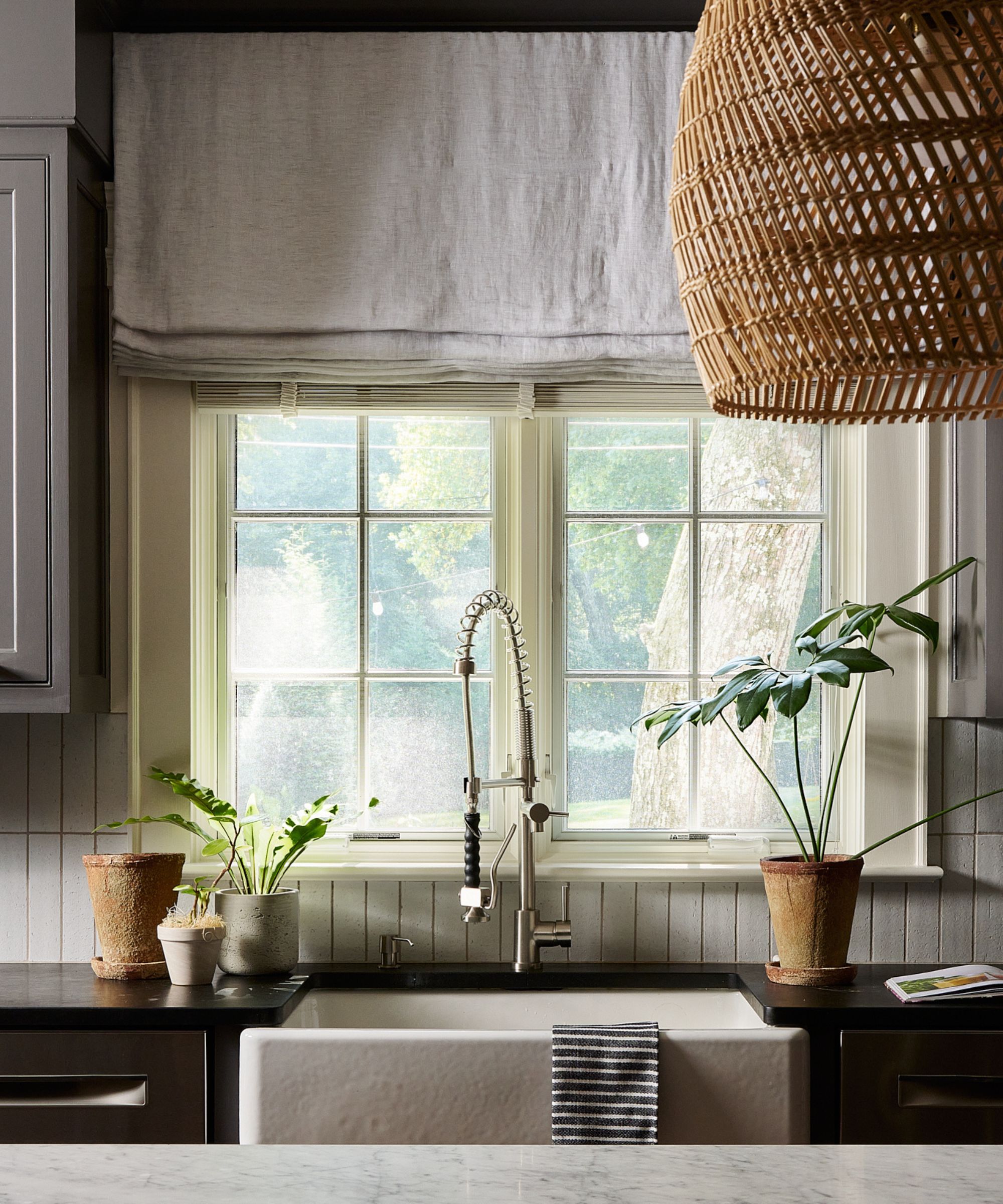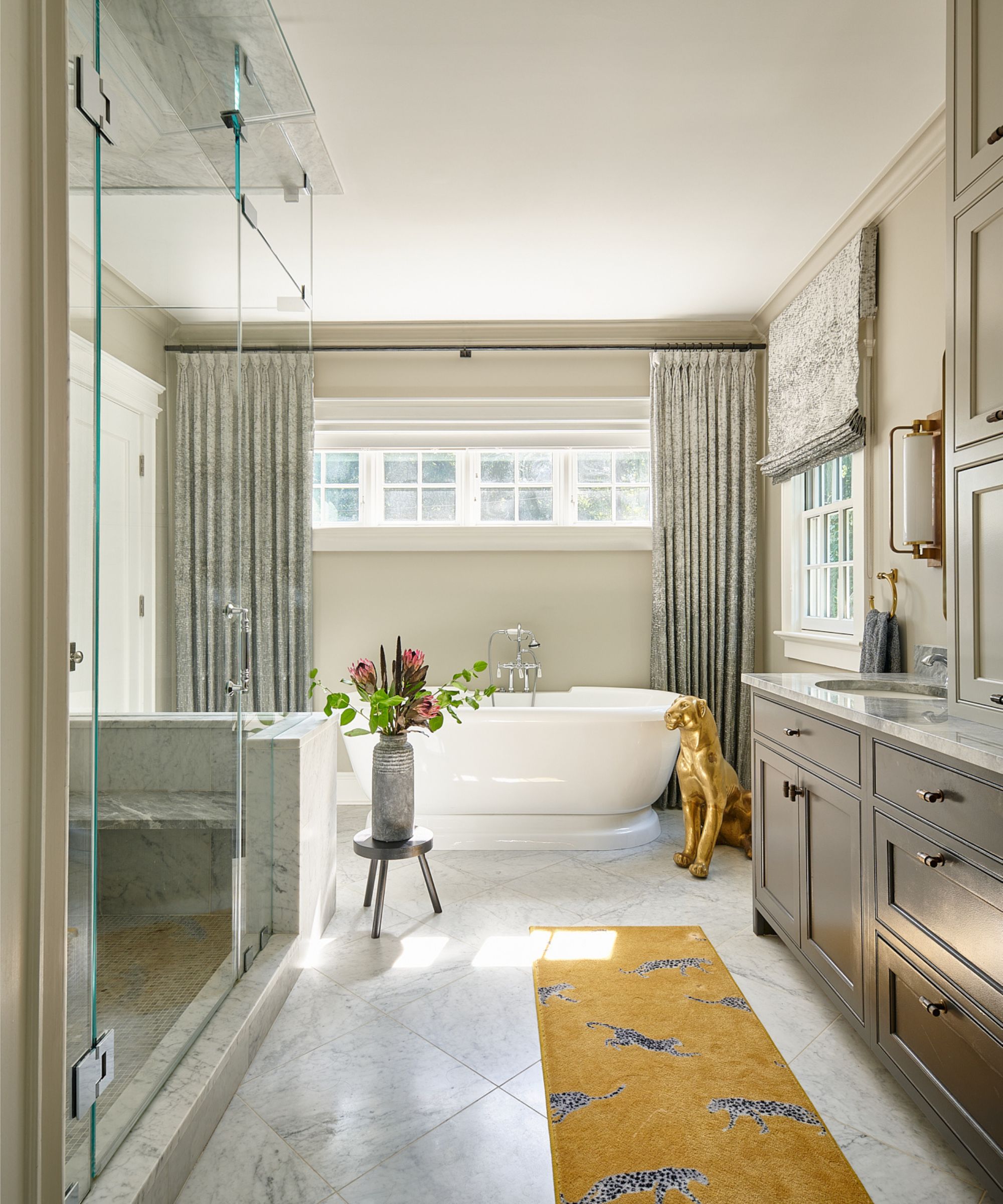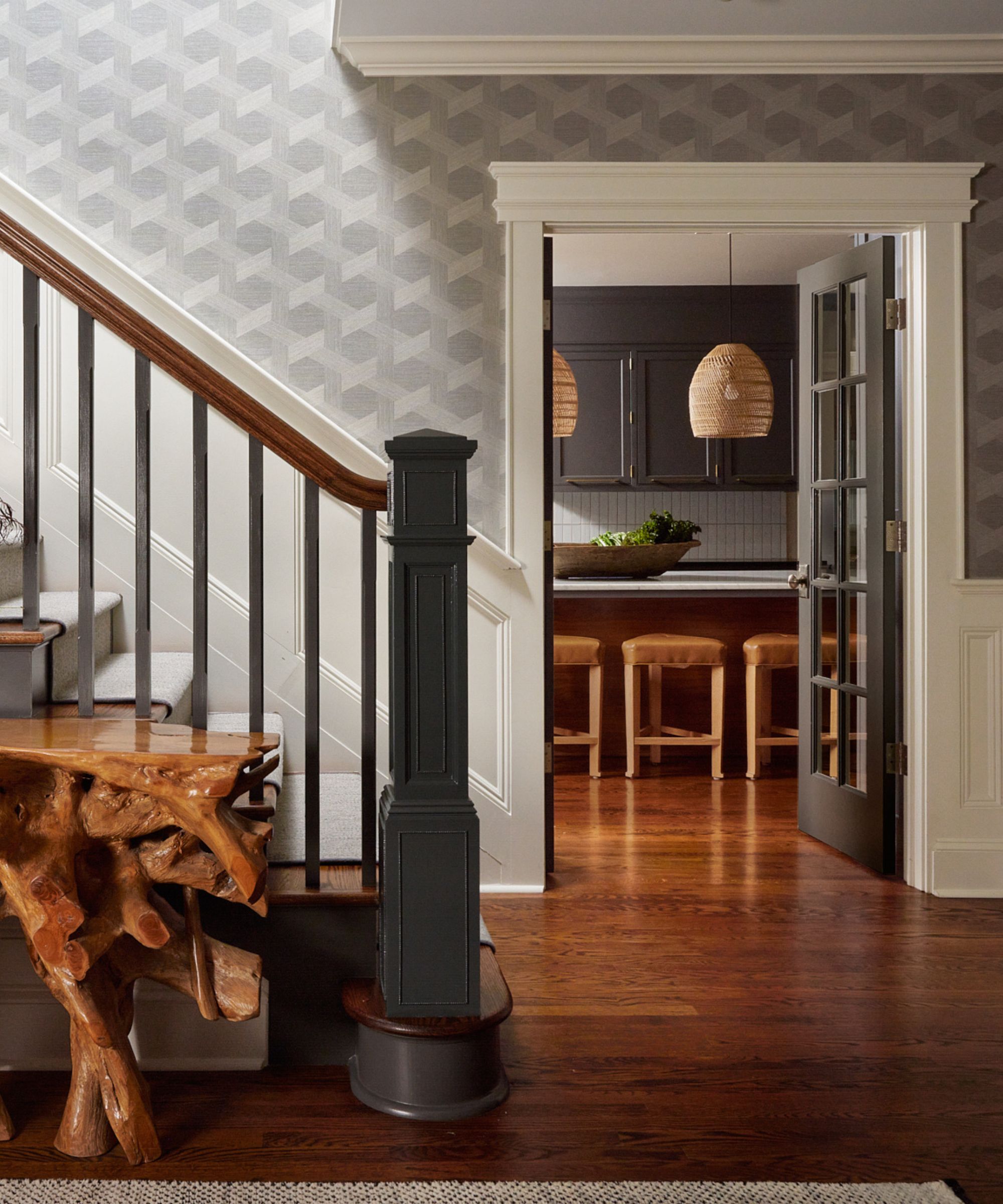How do interior designers charge for their services? An expert's guide to all things pricing
Before diving into a renovation or refresh, brush up on the different ways designers price their services, and how much you'll be expected to pay


When it comes to interior design, it's easy to look past the technical details and focus on the polished, sleek results. But behind the scenes, every detail matters, from sourcing to styling. After it's all said and done (and likely along the way), payment plays a large role in the transaction between designer and client, so it's important to know what's involved before taking the plunge.
If you've never worked with an interior designer before (or it's been quite some time), it's normal to be a bit overwhelmed by the process. And while there's loads to know, how much you'll be expected to pay at the end of the process should be high on your list of questions to ask before hiring an interior designer.
Sandra Funk is the creative director and CEO of Tennessee-based design firm House of Funk, and also runs The Interior Design Standard – a training program for interior designers looking to kickstart their business. There, she's seen a wide array of payment systems, and has helped designers across the board set fair and fitting prices for their services.
To hear a bit more about how interior designers navigate the world of pricing, H&G sat down with Sandra. Here, she shares a breakdown of the different ways interior designers charge for their services, her tried-and-true preferences, and what information will be helpful to know ahead of hiring an expert.
How do interior designers charge clients?

'There are so many ways that interior designers charge for their services. It can be utterly confusing to both designers and clients,' Sandra tells H&G.
Because pricing depends on the individual designer's experience, the scope of the project, the location, and more, total costs vary considerably. There is no set-in-stone template that designers follow when deciding how (and how much) to charge for their services, so open communication is key from the beginning of the project's planning to the final reveal. From flat rates to hourly billing, you'll want to get up to speed before signing a contract of any kind.
'It’s important to discuss your scope, wants, and needs with your designer,' says Sandra. 'And, in collaboration with your designer, come to an agreement on what an appropriate and feasible financial investment will be for the project from the very beginning.'
Design expertise in your inbox – from inspiring decorating ideas and beautiful celebrity homes to practical gardening advice and shopping round-ups.
What pricing methods might you come across?

Sandra is familiar with the wide range of pricing methods designers turn to, mainly because she's tried most of them. Over years of experience, keeping an open mind along the way, she's learned which methods work best for clients and designers alike.
For the design process itself, Sandra says she has seen hourly fees, retainer-based models, flat fees based on expected hours, flat fees based on square feet, charges based on a percentage of the overall budget, and more.
Adding in furnishings only makes the payment system more complicated. Because designers often receive trade discounts, paying less for furniture, finishes, and accessories, there's quite a bit of debate around who should benefit from the discount and how.
'For the furnishings portion, this can range from cost plus, to a "discount from" list, to splitting the discount, to charging reasonable retail. And designers use all kinds of combinations of the above – interior designer pricing is like the Wild West,' says Sandra.
Is there a 'better' way to calculate costs?

Although you'll come across designers using pricing systems across the board, Sandra says that there is a 'better way' from a designer perspective. 'I spent over 20 years as an interior designer before I transitioned to business strategy for interior designers and there is a simple, profitable interior design pricing method that both designers and clients love,' she says.
Sandra recommends flat design fees based on historical data, a system that's proved 'accurate both for the designer and for the client.' She says 'it's a win-win for everyone since data never lies' but adds that 'you have to have strong boundaries and expectations (and an excellent agreement that you actually stick to) for this to work.'
When it comes to furnishings, she suggests designers sell individual pieces to clients at 'reasonable retail pricing,' mimicking what a client would pay if they went to the store and picked out a piece on their own. As a client, you still benefit, gaining access to a wide array of trade materials, but the designer is able to make their business profitable (potentially funneling money made into other aspects of the project).
'That allows the designer to make the difference between retail pricing and their buying power. Something that they control with their relationships with vendors – which has nothing to do with the end users,' says Sandra. 'Clients are getting fair pricing – exactly what they would pay on their own, as well as the benefit of access to to-the-trade-only sources.'
'Again, set and agree upon the financial investment at the very beginning of the project so there are no surprises along the way,' Sandra suggests. 'The clients must understand what they are in for financially from the very start for a strong professional relationship and to build confidence and trust.'
How to find out how much you'll pay

To ensure you and the designer you hire are on the same page about pricing, Sandra suggests asking some questions up front before going forward with a project. 'Before hiring a designer, ask how they charge,' she says. 'Inquire about any additional costs and clarify the scope of work.'
'Obtain a proposal and understand their payment terms,' she continues. 'Additionally, request references and review their agreement thoroughly. By asking these questions and getting detailed answers, you’ll gain a clear understanding of the designer’s fees and what you’ll be paying for.'
By maintaining an open dialogue and asking the tough questions at the beginning, you'll be prepared for whatever costs come your way. When designers and clients both have the space to set boundaries and clarify costs, the design process is smooth and less stressful – even when unexpected hurdles occur.

Abby was the Interior Design News Editor at Homes & Gardens and is now studying for her Master's degree in Journalism at City University, London. Prior to joining our team, she worked with Better Homes & Gardens, where she wrote and edited content about home decor, gardening tips, food news, and more. She studied Journalism and English Literature at New York University and moved to London to pursue her love of writing in 2023.